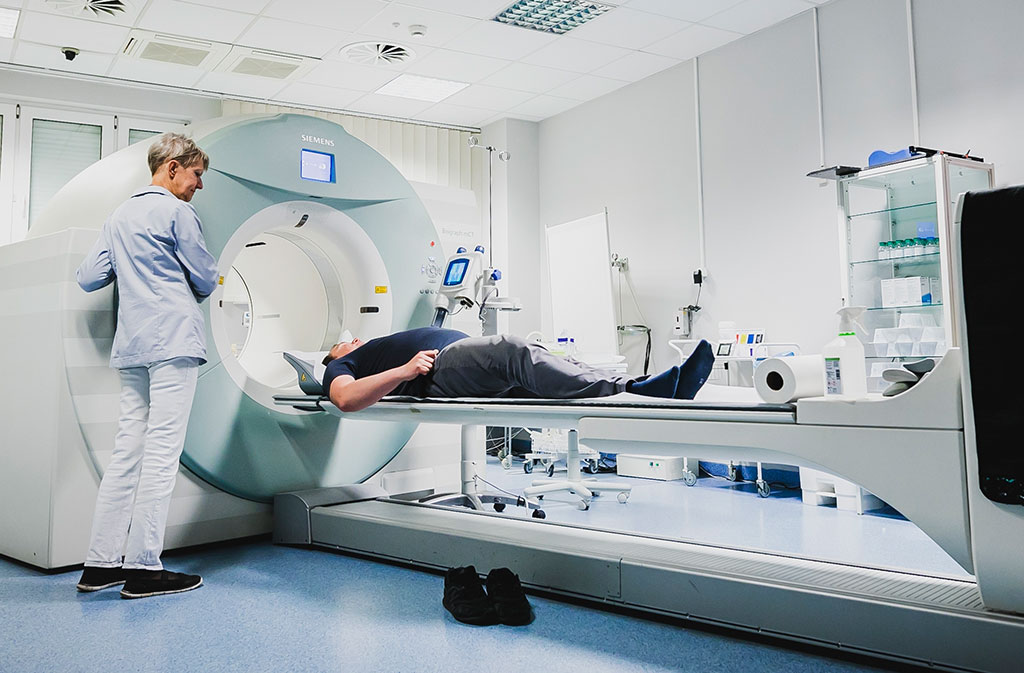Combining Amino Acid PET and MRI Imaging to Help Treat Aggressive Brain Tumors
Posted on 31 Oct 2023
For achieving the best results in removing brain tumors, neurosurgeons and radiation oncologists need to be extremely accurate in locating the spread of glioma cells within the brain tissue of a patient. Currently, the primary method for obtaining this essential information is through nuclear magnetic resonance imaging or MRI. During surgery, neurosurgeons rely on MRI images to determine the extent of the cancerous lesion to be removed. In radiotherapy, a standard safety margin of about two centimeters beyond the visible tumor edges is typically used. Now, a new tumor imaging process that employs positron emission tomography (PET) could offer a more refined approach to the precise removal of brain tumors.
Collaborative efforts undertaken by healthcare and scientific institutions including Franciszek Lukaszczyk Oncology Center (Bydgoszcz, Poland) have led to the development of a new glioblastoma imaging procedure. The PET imaging starts with administering a safe dose of a rapidly decaying radioisotope, fluorine-18, to the patient. This radioisotope is then integrated into tyrosine molecules, an amino acid that is more abundant in cancer cells than in healthy brain tissue. When the tyrosine molecule is within the tumor and the radioisotope atom decays, a positron—a positively charged antiparticle of an electron—is emitted.

As the human body is rich in electrons, this positron quickly comes into contact with an electron, resulting in mutual destruction and the conversion of their mass into energy. This event produces two photons with different energies that travel in opposite directions. A PET scanner detects these emitted photons and, by measuring the differences in their arrival times, identifies the exact point where the annihilation occurred. This process serves as a dependable method for pinpointing the location of tumor cells.
“In the course of our study, we have demonstrated our ability to assess high-grade glioma infiltration beyond the observable boundaries provided by contrast-enhancement in magnetic resonance imaging,” said Prof. Maciej Harat, one of the architects of the research framework. “This suggests that even the most aggressive tumor resection guided by MRI imaging may inadvertently leave a significant portion of the tumor unaddressed, consequently precipitating rapid disease recurrence. This discovery is a direct outcome of our principal achievement, namely, the validation of an alternative brain imaging modality: positron emission tomography utilizing fluorine-labeled tyrosine.”
Related Links:
Franciszek Lukaszczyk Oncology Center














